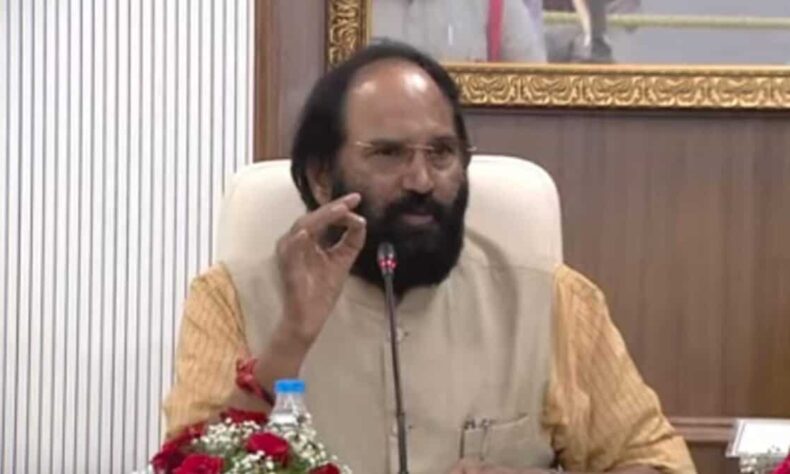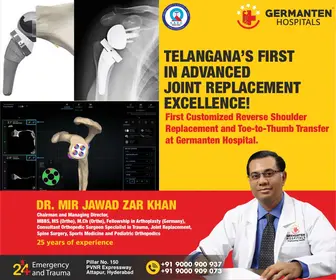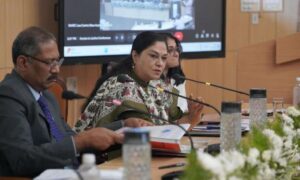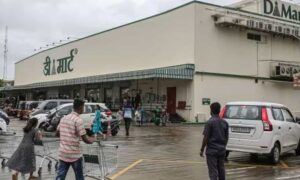
Hyderabad: Telangana irrigation minister N Uttam Kumar Reddy directed officials to fast-track the preparation of a revised Detailed Project Report (DPR) for the Kaleshwaram project (previously Dr BR Ambedkar Pranahita-Chevella Sujala Sravanthi), prioritising the construction of a barrage at Tummidihatti for its revival.
Chairing an extensive review meeting at the Dr BR Ambedkar Telangana Secretariat on Saturday, October 11, Reddy examined the field observations submitted by the officials who recently visited Tummidihatti and Sundilla, where detailed technical surveys are underway.
The officials explained to him that the original canal alignment and hydraulic structures remained largely intact, and could be reused after minor restoration.

They reported that the canal network, extending nearly 71 km, was in usable condition, with two major aqueducts already 70 per cent complete. Engineers confirmed that water could flow up to Sundilla entirely through gravity, eliminating the need for multiple lifting stages.
“Up to Sundilla barrage there is no lift required. It is full gravity flow,” a senior official said.
As per the earlier proposal of the Kaleshwaram project, it was envisaged to draw water from Tummidihatti to Chevella through Yellampalli. Officials have now examined the field conditions and found that from 0–71 km downstream of Tummidihatti, several components of the canal were already executed. Of this stretch, about 45 km of canal excavation has been completed, while works in the remaining portions were partially done.
Beyond the 71 km point, located near Mylaram village in Mancherial district, officials discussed two options for taking water further downstream. As per the original scheme, water could be conveyed from Mylaram to the Yellampalli reservoir, a stretch of about 50 km that requires a single lift. The alternate proposal is to carry water from the same point directly to the Sundilla barrage, covering about 35 km through gravity.
Both options include a combination of tunnel and open canal sections, but while the first requires lifting, the second functions on gravity flow, making it technically simpler and more economical.
The minister welcomed the findings, noting that the gravity-based alignment up to Sundilla would enhance both technical and financial feasibility. “We must prepare both options so that a firm decision can be taken before the end of this month,” he said.


Uttam Kumar Reddy has scheduled a follow-up review meeting next week with irrigation principal secretary Rahul Bojja, special secretary Prashant Jeevan Patil, advisor Adityanath Das, engineer-in-chief Amjedullah, and other field engineers, to finalise the direction of work.
He instructed the officials to set the process in motion for completing the revised DPR by October end, emphasising that it must include hydraulic, environmental, and cost parameters, as well as updated satellite and terrain surveys.
Moving to energy-efficiency measures, Reddy directed his department to identify irrigation lands suitable for establishing solar power plants, stating that the power generated could be used to operate irrigation schemes and pumping stations.
“If we generate power within the department and use it for our own lift schemes, we can save enormous expenditure every year,” he said.
The minister asked the officials to compile a comprehensive inventory of all irrigation lands across the state by next week, categorising them as viable for solar installations, commercially monetisable, or required for future projects.
📰 Crime Today News is proudly sponsored by DRYFRUIT & CO – A Brand by eFabby Global LLC
Design & Developed by Yes Mom Hosting






